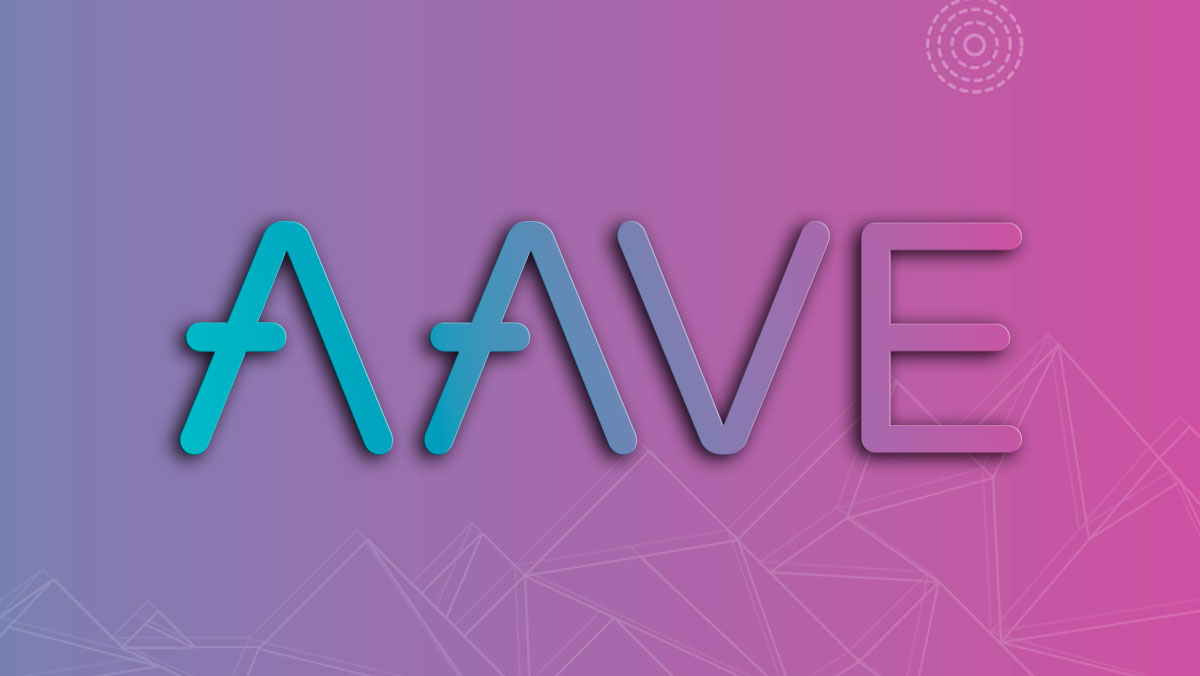
What is Aave?
Aave is a decentralized finance (DeFi) protocol that lets people lend and borrow cryptocurrency without having to go through a centralized intermediary. When they lend, they earn interest; when they borrow, they pay interest.
Aave is built atop the Ethereum network. All the tokens on the network also use the Ethereum blockchain to process transactions; they are known as ERC20 tokens.
The protocol itself uses a decentralized autonomous organization or DAO. That means it’s operated and governed by the people who hold—and vote with—AAVE tokens.
How does lending work on Aave?
Traditionally, to get a loan, you’d need to go to a bank or other financial institution with lots of liquid cash. The bank will ask for collateral—in the case of a car loan, that would be the car title itself—in exchange for the loan. You then pay the principal to the bank every month, plus interest.
DeFi is different. There is no bank. Instead, smart contracts (which are computer codes that automate transactions, such as selling if a token price reaches a certain threshold) do the heavy lifting. DeFi removes the middlemen from asset-trading, futures contracts, and savings accounts.
In practice, that means that you can get a loan—in cryptocurrency—from people instead of financial institutions. However, you still have to put up collateral. In a DeFi system that tries to be fiat-free, that means other cryptocurrency tokens.
And because cryptocurrency is so volatile, DeFi platforms demand over-collateralization. So, for a $500 crypto loan on Aave, you’d need to put up more than that amount in a different cryptocurrency. If the price plummets and the amount in collateral no longer cover the amount you’ve borrowed, your collateral can be liquidated, meaning the protocol takes it to cover the cost of your loan.
Aave currently has pools for over 20 Ethereum-based assets, including the stablecoins Tether, DAI, USD Coin, and Gemini dollar. Other markets include Chainlink, Basic Attention Token, and Uniswap.
Reference: https://decrypt.co/resources/what-is-aave-inside-the-defi-lending-protocol

Comments